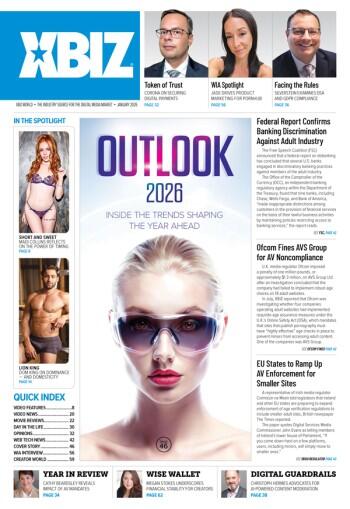Online. That’s where everything is going. Online. There’s nothing we can do about it. We can’t change it. We can’t stop it. All we can do is try to avoid it, which isn’t going to get us very far.
Think about it. Where were you this time last year? On a sofa, on a chair, at a table in a diner chatting with some friends — even if you were alone, by yourself at a table in a restaurant, you were surrounded by people. The server, the cashier, maybe the barista, a chef, a busser cleaning away someone’s used dishes so the next customer could take over that space. Now, where are you? Online. At home. By yourself.
Changing how we operate clears the air, opens doors and allows for opportunities we never experienced to become known.
You’re sitting in your bedroom. You’re at your coffee table. You’re using your own internet connection, screen showing that you’re in the waiting room and about ready to get into that networking call, or that meeting, or that virtual birthday party or family gathering because the recent year has caused all of us to become separated in a “restrictive from the real-world” environment.
If you haven’t switched to online, or at least created a massively outward hybrid transition, you’re probably not getting very much traffic through your (virtual) doors at all. The past year has definitely incited change — and change is what brings in the new. Changing how we operate clears the air, opens doors and allows for opportunities we never experienced to become known.
One case in particular is delivery services. Think of the shopping experiences we used to have. We’d drive to the selling location, have to find a place to park, go into the building and locate the items we were looking for, all before having to stand in line and wait to purchase them before we could exit the store to get back to our cars and drive back home. What if we weren’t window-shopping? What if we knew exactly what it was we were looking for and really didn’t have much time to do it? What if we knew a 20-minute trip only really needed three minutes inside that store? Now we have the option to order it ahead of time, and pull right up in front of the doors while an employee brings our purchase right out to us. How amazing is that? Delivery before included purchasing something online and then waiting days or possibly even weeks to get it shipped to us. But the needs of society have changed and the quicker you’re able to recognize those needs — and transition to be able to provide for them — the faster you’ll be able to provide for your clients and customers. Previously even if it was offered, not many people utilized a service from a store where you could just pull up and pick up your order. Now it’s commonplace, and for some people — preferred. How efficient has shopping become now?
How many previous opportunities have now become essential, when before they were simple ideas that were possibly overlooked or even discounted? Like offering a drive-up delivery service? What about conferences? How many conferences were you unable to attend previous to 2020 because of conflicting schedules, and needing travel and hotel accommodations? How has the need for virtual conferences changed in the past year when previously most people would not have considered offering workshops online? How many presentations have you attended where you wish you had recorded it, so you could listen and watch the re-play later, instead of having to take notes to remember later? How many people would you have loved to connect with during these events but were unable to attend for whatever reason?
How many of your customers’ needs seemed insurmountable previously that now have become the norm for you to cater to, now that you have figured out how to adapt? Now because of having to, you’ve changed. What other ideas now seem more plausible that previously didn’t catch on because their value wasn’t inherent?
What about connections with others and being able to appear and deeply connect in different places across the world from each other in a matter of minutes? Repeatedly? Globally, everyone can now leave a call in one part of the world and instantaneously connect with others in real time for any reason without it seeming out of place.
Now we are doing conference calls, networking, workshops with break-out rooms, connecting, learning, buying and selling from the comfort of our devices… no matter where we are or how we are dressed. Even the world’s children are interacting this way in order to obtain their educations. Everyone is. So I ask you… where are you at? Are you affecting the world internationally by utilizing the air space to present yourself and mingle with others online? Are you connecting, providing services, creating networks, initiating change and finding solutions impacting your customers? If you’re not… you should be.
Dr. Lee-Anne Francois-Dornbusch is a transformation and integration specialist. She hosts the podcast "Naturopathic Life and Living."








